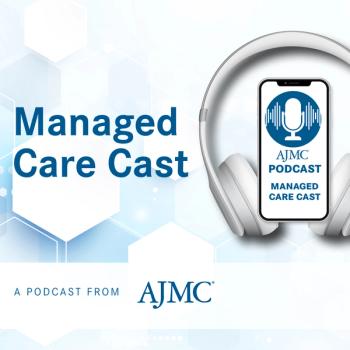
Dr Bobeck Modjtahedi Outlines Limitations of Telehealth Use for Diabetic Retinopathy
Bobeck Modjtahedi, MD, highlights some of the challenges of using telehealth to treat individuals with diabetic retinopathy.
For ophthalmology, once it becomes time for an intervention, patients have to come into the clinic in person, said Bobeck Modjtahedi, MD, a vitreoretinal surgeon at Kaiser Permanente in Southern California.
Transcript
What are the limitations of telehealth when it comes to treating patients with diabetic retinopathy?
I will say that one of the benefits of telehealth is that, one of the things that we have found in our research is that a barrier to care is oftentimes patients have difficulty coming in during work hours because they're afraid of missing work, and especially during economic anxiety times. The telehealth option opens up more appointments for them, like from 5 o'clock at night to 7 o'clock at night, for example, to come in to get photographs, or even on Saturdays. The limitation is that once someone actually needs intervention, then that becomes a problem. Then they're more constrained within what can be done within regular work hours. Those patients who are used to doing after-hours visits now have to readjust and come in during regular business hours. Obviously, we're very good at screening.
We obviously can't give treatment. Unlike, potentially, telehealth models that rely on systemic management of pills or you can call a patient [and]tell them to adjust their blood pressure medication or pick something up in a pharmacy, for ophthalmology, once it comes time for intervention, the patients have to come to the clinic and get injections or lasers. It's something that's very procedurally and interventionly heavy. Once you're at the treatment stage, we're out of the period where telehealth can really work for ophthalmology purposes. The main benefit for tele-ophthalmology is screening those patients that have relatively low-risk conditions, but who are still in a place where they require high clinic resources. So lots of pictures and lots of monitoring. For that, we really excel. But once you're in the interventional stage, like I mentioned, you're committed to being seen in person at that point.
Newsletter
Stay ahead of policy, cost, and value—subscribe to AJMC for expert insights at the intersection of clinical care and health economics.















































